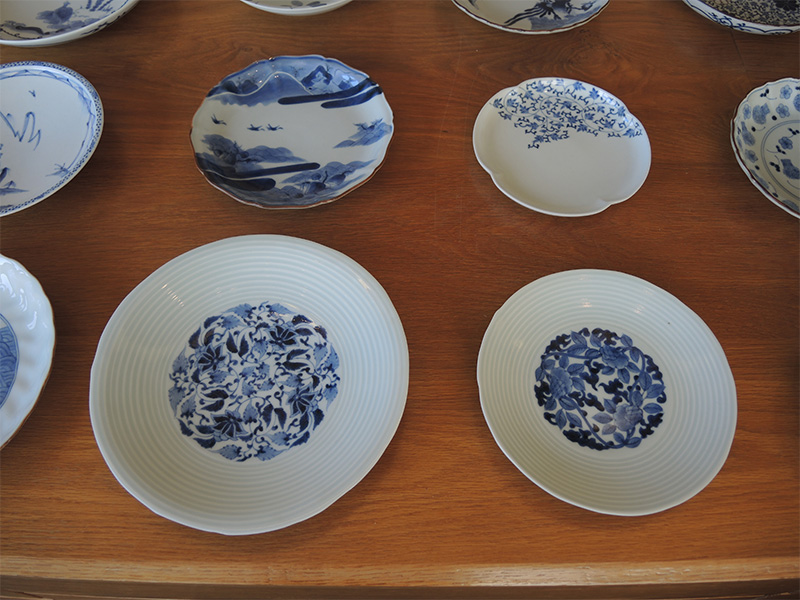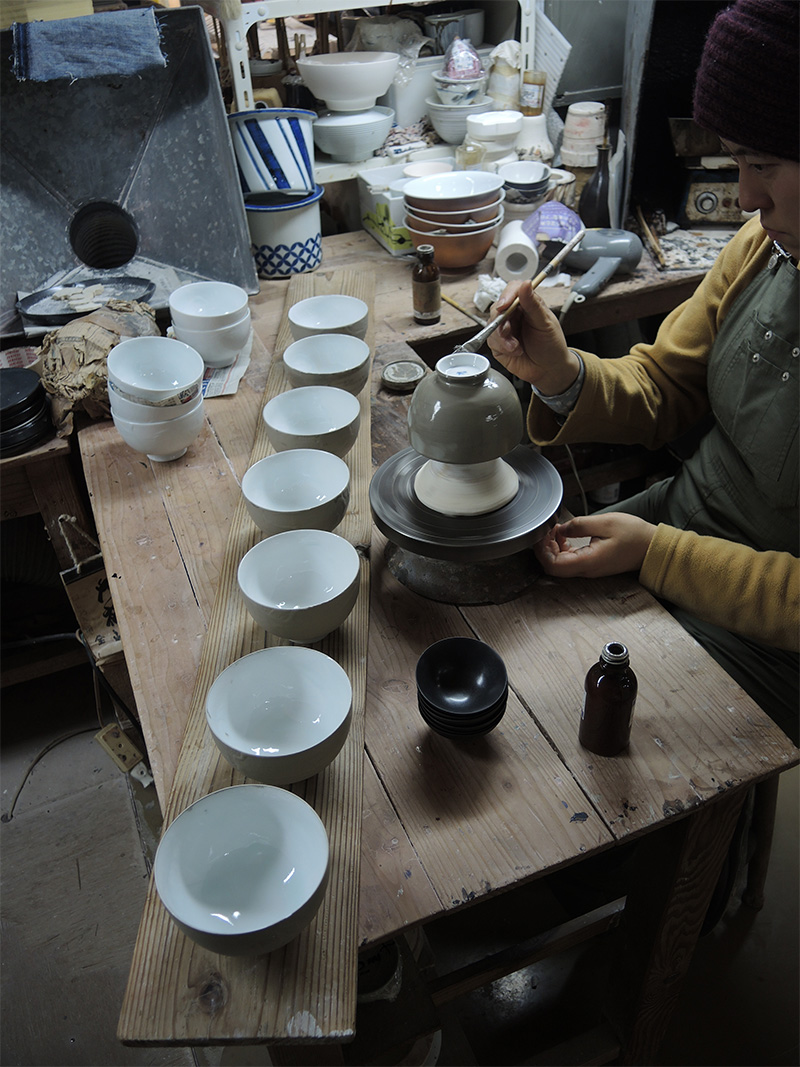

You will see smoke coming out of the chimneys along the train tracks between Arita Station and Kami-Arita Station on the JR Kyushu Sasebo Line. This smoke come from the kilns used to make Arita ware, which was registered as one of the Traditional Crafts of Japan in 1977. Arita ware is also called Imari ware, a name that may be more recognizable internationally.
Arita ware’s history began in the 17th century, when raw porcelain material was discovered in Arita and the first fine china thereafter emerged in Japan. By the latter half of the 17th century to 18th century, Arita ware was sold not only domestically but also internationally (mainly in Europe). Since Arita was not located near the sea, all the shipments were made from the nearest seaport, in Imari. That is why people overseas called these products Imari ware.
Arita porcelain was shown at the Universal Exposition in Paris in 1967, impressing the crowd in attendance. Soon after, the first trading company was incorporated in Japan in order to respond to the great demand for Arita ware from European governments.
Arita ware has developed many different styles over its long history; these can mostly be recognized by the time when the object was made or the artist responsible for the work. For example, Arita ware is generally blue and white in color, but famous ceramic artist Kakiemon created a new style called Akae (red painting) – a colorful overglaze technique that uses red abundantly. Other beautiful designs in bright colors of red, yellow and green are considered to be from the Old Kutani style. Some pieces were even more gorgeous, making unrestrained use of gold! The most special kind that was presented to the rulers of Japan was called Nabeshima style (from Saga prefecture), made in government owned and operated kilns. It is considered to be the most prestigious porcelain among all of Arita ware.
Arita ware has many fine characteristics; it is thin, light, its feel almost like that of glass, yet solid. It is also durable and does not absorb water, making it therefore suited for tableware. Its indigo, blue, red, yellow and gold color are quite vivid. Gorgeous and elaborate designs may be favored amongst overseas customers, but simple one color pieces with subdued brush strokes are also exquisite. Anyone is sure to find something that catches their eye within the realm of Arita ware.
Purchase this item
Related facilities
Aritatojinosato Plaza
Address:
2351-170 Akasakahei Aritacho Nishimatsuura-gun Saga-ken
Telephone:
0955-43-2288
Web Site:
http://www.arita.gr.jp/ Japanese
Arita Porcelain Park
Address:
370-2 Chubuotsu Aritacho Nishimatsuura-gun Saga-ken
Telephone:
0955-41-0030
Web Site:
http://www.nonnoko.com/app/ Japanese